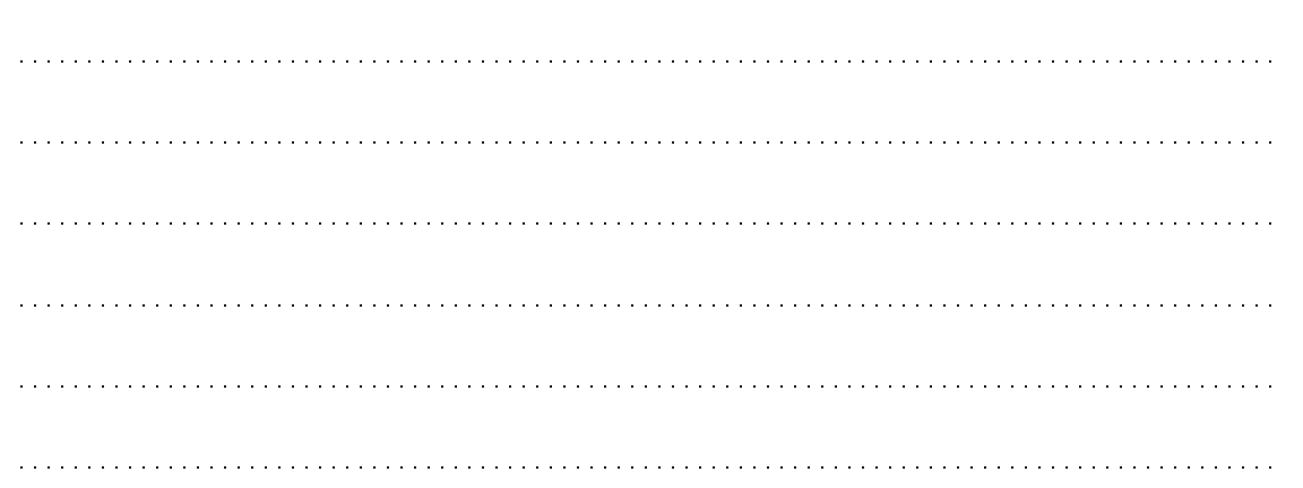Question 19M.2.HL.TZ0.b
| Date | May 2019 | Marks available | [Maximum mark: 4] | Reference code | 19M.2.HL.TZ0.b |
| Level | HL | Paper | 2 | Time zone | TZ0 |
| Command term | Explain | Question number | b | Adapted from | N/A |
Canadian drywall tariffs will continue
- Recently imposed Canadian tariffs on drywall imports have pushed up the cost of building a new home by thousands of Canadian dollars (CA$) in the last four months. Drywall is a pre-made wall section that is used in the construction industry for building houses. Doubt as to whether the tariffs will remain is causing uncertainty for building firms, drywall manufacturers and homeowners.
- For now, higher prices will continue following a ruling by the Canadian International Trade Tribunal (CITT) this week. The tribunal found that United States (US) firms had been dumping drywall products into Western Canada over the past few years, harming the Canadian drywall industry.
- The ruling will end preliminary tariffs of up to 276 % imposed by Canada on imports of drywall from the US. However, they will be replaced by permanent, variable tariffs that would be imposed on imported drywall products whose prices fall below the minimum prices determined by the CITT.
- “The preliminary tariff was very damaging to homebuilding,” said a building industry spokesperson. “Not just homebuilding, but hospitals, commercial buildings, indeed any new construction,” he said. “It’s a cost that someone had to pay for. It lowered the profits of house builders.” It has been estimated that the immediate sharp increase in variable costs, following the imposition of the preliminary tariff, resulted in an extra CA$3000 to CA$5000 on the cost of building some homes.
- The preliminary tariffs were imposed after a dumping complaint by CertainTeed Gypsum Canada (CTGC), the last drywall manufacturer in Western Canada. CTGC has three major production sites and two gypsum quarries. Gypsum is a main component of drywall.
- A CTGC spokesperson had said previously that its plants and quarries could be closed, at the cost of 200 jobs, if the dumping of US drywall products continued. However, since the preliminary tariffs were imposed, the firm has announced that it has hired 30 new employees.
- In a separate report, the CITT found that the preliminary tariffs had been “substantially reducing competition” in Western Canada, to the detriment of Canada’s homebuilders. In response, supporters of the tariff have suggested that revenue from the tariffs may be used to help areas that lost large numbers of homes and other structures in devastating forest fires.
[Source: adapted from Drywall tariffs will continue, www.kamloopsthisweek.com, 5 January 2017]
Using a tariff diagram, explain the effect of the “preliminary tariffs” on Canadian consumers of drywall (paragraph [3]).
[4]
Candidates who incorrectly label diagrams can receive a maximum of [3].
The use of P and Q on the axes is sufficient for a demand and supply diagram. The world supply curve must be labelled Sw, or Sworld. A title is not necessary.
Diagram: Most candidates were familiar with the tariff diagram, producing well constructed and accurate diagrams. Labelling of diagrams, however, still produces many problems. It should be emphasized to candidates that inaccurate labelling results in a loss of marks. The most common inaccuracy was the labelling of 'world supply' as 'world price'. Other unacceptable labelling included 'quantity demanded on the horizontal axis' and 'price level' on the vertical axis. Explanation: Many candidates disregarded the wording of the question ie the effect of the tariff on the consumer and used the question as a vehicle to explain all features of the diagram, explaining the effects on the Canadian producers, the US producers and the government, etc. While including other stakeholders will not lose marks, it will cost the candidate a considerable amount of time that could have been more usefully used on other questions.


